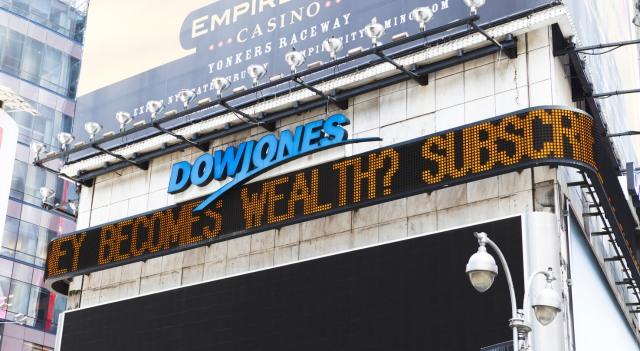U.S. stock futures pointed to a sharp rebound on Monday, suggesting a positive start to the week as investors reacted to encouraging signs that the longest government shutdown in U.S. history may soon come to an end.
The bullish tone followed the Senate’s 60-40 vote over the weekend to advance a temporary funding bill that would reopen the government and reverse some recent federal layoffs. The legislation, which includes a future vote on extending enhanced Obamacare tax credits, gained support from several Democratic senators who broke with party leadership to move the process forward.
Although the bill still requires approval from the Republican-controlled House of Representatives, and any single senator could delay final passage, traders welcomed the progress as a sign of growing bipartisan cooperation.
While markets have largely shrugged off the shutdown’s impact in recent weeks, the news could encourage investors to buy back into stocks at lower valuations, particularly after last week’s sell-off. An end to the shutdown would also allow for the resumption of key U.S. economic data releases that had been paused during the impasse.
“A key impact on the markets of the impasse, beyond the hit to the wider economy, has been the lack of data as key releases on areas like the jobs market have been delayed,” said Russ Mould, Investment Director at AJ Bell. “This has created a considerable dose of the uncertainty which markets famously hate and it is also hampering the ability of the Federal Reserve to make informed decisions on interest rates. In this context, it’s not a surprise to see investors react positively to signs of progress.”
Stocks managed to rebound on Friday after a volatile session that extended Thursday’s sharp pullback. The Dow Jones Industrial Average and the S&P 500 both ended slightly higher, while the Nasdaq trimmed much of its earlier losses but still closed down 0.2% at 23,004.54. For the week, the Nasdaq tumbled 3.0%, the S&P 500 fell 1.7%, and the Dow declined 1.2%, reflecting mounting concerns about overvaluation in AI-related sectors.
The recovery late Friday appeared fueled by optimism surrounding the shutdown negotiations, particularly after Senate Majority Leader Chuck Schumer proposed Democratic support for a short-term funding bill in exchange for Republican backing of a one-year extension of enhanced healthcare tax credits.
Earlier in the week, valuation worries had weighed heavily on sentiment, with Palantir Technologies (NYSE: PLTR) plunging despite better-than-expected results and higher revenue guidance. The sell-off deepened after Goldman Sachs CEO David Solomon and Morgan Stanley CEO Ted Pick both warned of a potential market correction within the next two years.
Meanwhile, a University of Michigan survey showed a sharp drop in consumer sentiment, with the index falling to 50.3 in November — its lowest reading since June 2022. Survey Director Joanne Hsu attributed the decline partly to consumer anxiety over the prolonged shutdown’s economic fallout.
Despite the volatility, some sectors staged impressive recoveries. Computer hardware stocks jumped 3.2%, bouncing back from steep earlier losses, while gold miners gained 2.3% as gold prices reclaimed the $4,000 an ounce level.
There was also notable strength in natural gas, airline, and commercial real estate stocks, while networking and semiconductor shares remained under pressure.
If the shutdown resolution continues to progress this week, analysts expect Wall Street’s rally to extend, supported by easing uncertainty, renewed economic data flow, and improving investor sentiment.
